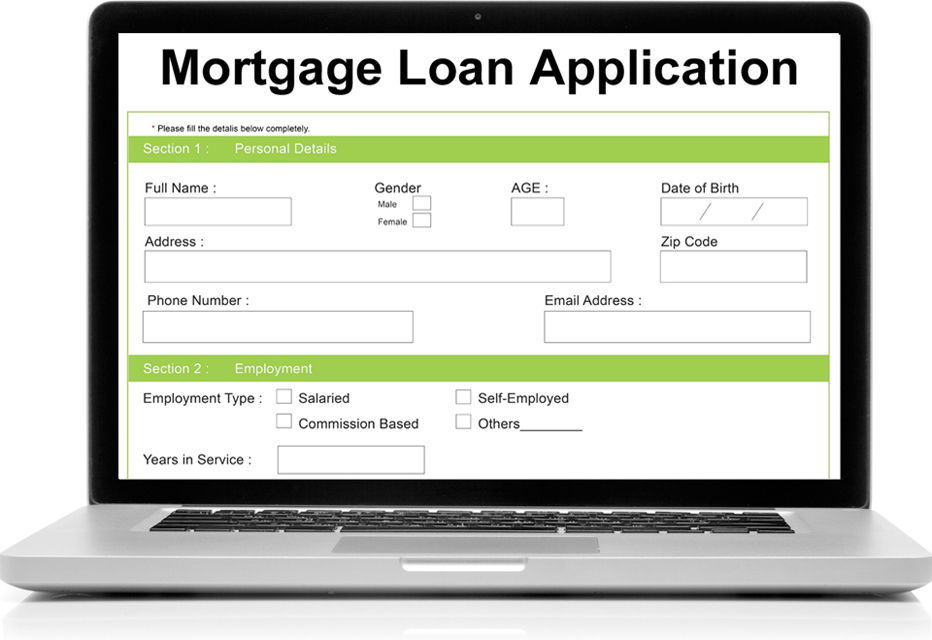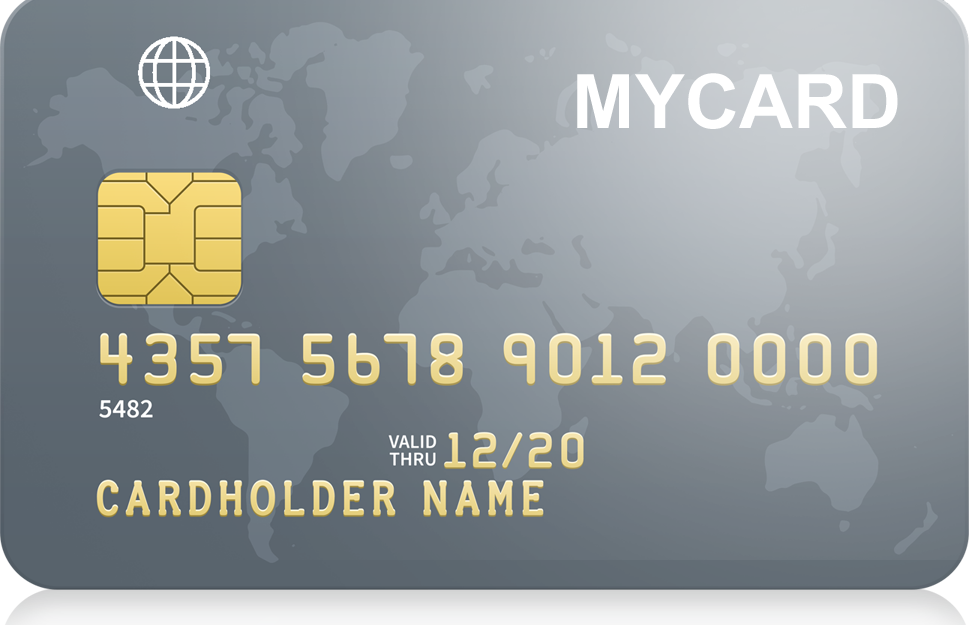February 23, 2012 (Jeff Alan)
Monthly default rates on first mortgages declined for the first time in five months in January, helping to contribute to an overall decline in the S&P/Experian Consumer Credit Default Indices from 2.24 percent in December to 2.16 in January.
First mortgage default rates fell from 2.19 percent in December to 2.08 percent in January. It was the first time that first mortgage default rates have declined since August of last year when the default rate fell to 1.92 percent. Default rates on second mortgages also declined last month, falling from 1.33 percent in December to 1.30 percent in January.
Mortgage default rates have been steadily declining since 2009 when second mortgage default rates peaked at 4.66 percent in March, followed several months later by first mortgage defaults which peaked at 5.67 percent in August.
A year ago, the default rate on first mortgages was 2.85 percent and for second mortgages, the default rate was 1.51 percent.
Default rates on auto loans were unchanged in January at 1.27 percent, while default rates on bank cards also saw improvement, decreasing from 4.60 percent in December to 4.57 percent in January.
David M. Blitzer, Managing Director and Chairman of the Index Committee for S&P Indices, stated, “As we begin the New Year consumer default rates may be resuming the two-year downward trend that was interrupted in the middle of last year. Last month we reported that the second half of 2011 saw a modest increase in consumer defaults led by four consecutive monthly increases in first mortgage default. While one month of data is not a new trend, January’s report shows broad based declines in default rates, which is a bit of a relief.”
Three of the five Metropolitan Statistical Areas (MSAs) saw default rates decline in the monthly Indices with Los Angeles posting the largest decline in default rates, falling 0.18 percentage points to 2.36 percent in January from 2.54 percent in December. In January 2011, the default rate in Los Angeles was 2.76 percent.
Chicago posted the second largest decline, falling 0.08 percentage points to 2.76 percent in January from 2.84 percent in December but up slightly from 2.75 percent a year earlier. The default rate in Dallas declined by 0.03 percentage points to 1.53 percent in January from 1.56 percent in December and was also down from a year earlier when the default rate stood at 2.07 percent.
The default rate in Miami climbed 0.07 percentage points to 4.80 percent from 4.73 percent in December, but was still down from 6.46 percent a year earlier.
New York also reported an increase after being the only MSA to post a decline last month, increasing from 2.13 in December to 2.23 percent in January. A year ago, the default rate on New York was 2.65 percent.
“First mortgage default rates fell by 11 basis points in January, completely reversing the increase seen in November and December. First mortgage loans and, consequently, their default rates are the largest among consumer loan types, so these default rates drive the composite. Second mortgage and bank card default rates also fell in January, but not by as much. The good news is that if you look across all loan types, their default rates are all pretty close to the three-year lows they reached in 2011, and all of them are at least cut in half from their relative maximum rates, most of which occurred in 2009,” Blitzer added.
Tags: S&P, Experian, Consumer Credit Default Indices, mortgage default rates, auto loan default rates, bank card default rates
Source:
S&P/Experian



